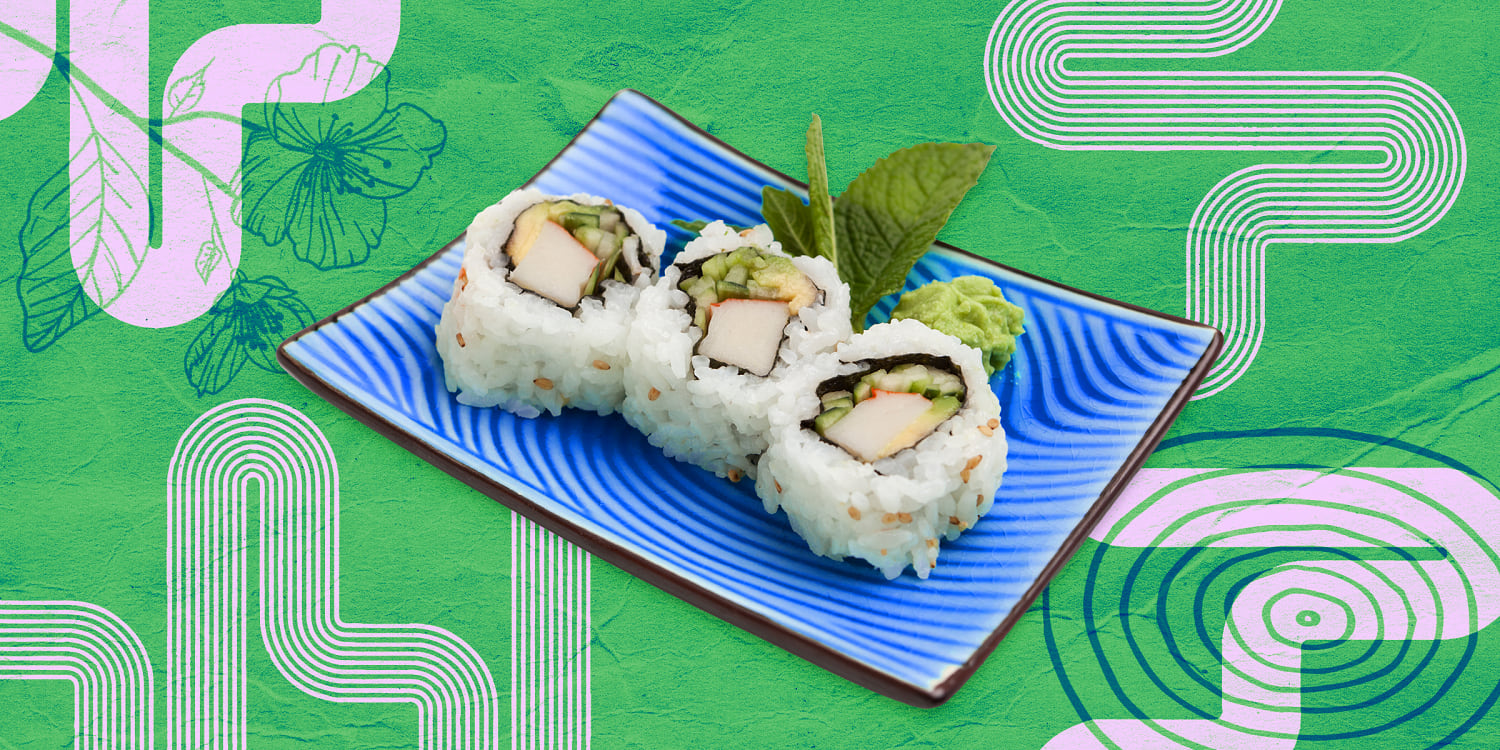For many Americans, a California roll is their first foray into the world of sushi. Purists however have as “not real sushi” — but to put it bluntly: the roll gets a bad wrap. The California roll as it’s known today is made with a few common ingredients: avocado, cucumber and crabmeat (or imitation crabmeat) which come wrapped in seaweed and sushi rice.
Sometimes finished with sesame seeds, these ingredients make a roll that has become widespread. But where did it originally come from? Its history is a little murky: a few culinary minds have claimed credit for the West-influenced dish. Still, one thing is true: California rolls are here to stay.

The California roll’s origin is hotly contested, like the margarita, or many other foods with partially undocumented histories. And though the California roll due to its distinctly Americanized ingredients, the dish’s probable inventors responsible for the roll’s rise to fame, are in fact, all Japanese sushi chefs who conceived of it outside of the borders of Japan. It’s widely believed that sushi restaurants in the States with the opening of Kawafuku Restaurant in the Little Tokyo neighborhood of Los Angeles.
From there, the raw fish-based dish spread across the country much like free love and flower power did, although the of most Americans at the time balked at the idea of consuming raw salmon and other fresh fish. In “American Tuna: The Rise and Fall of an Improbable Food,” author Andrew F. Smith posits two lik.























